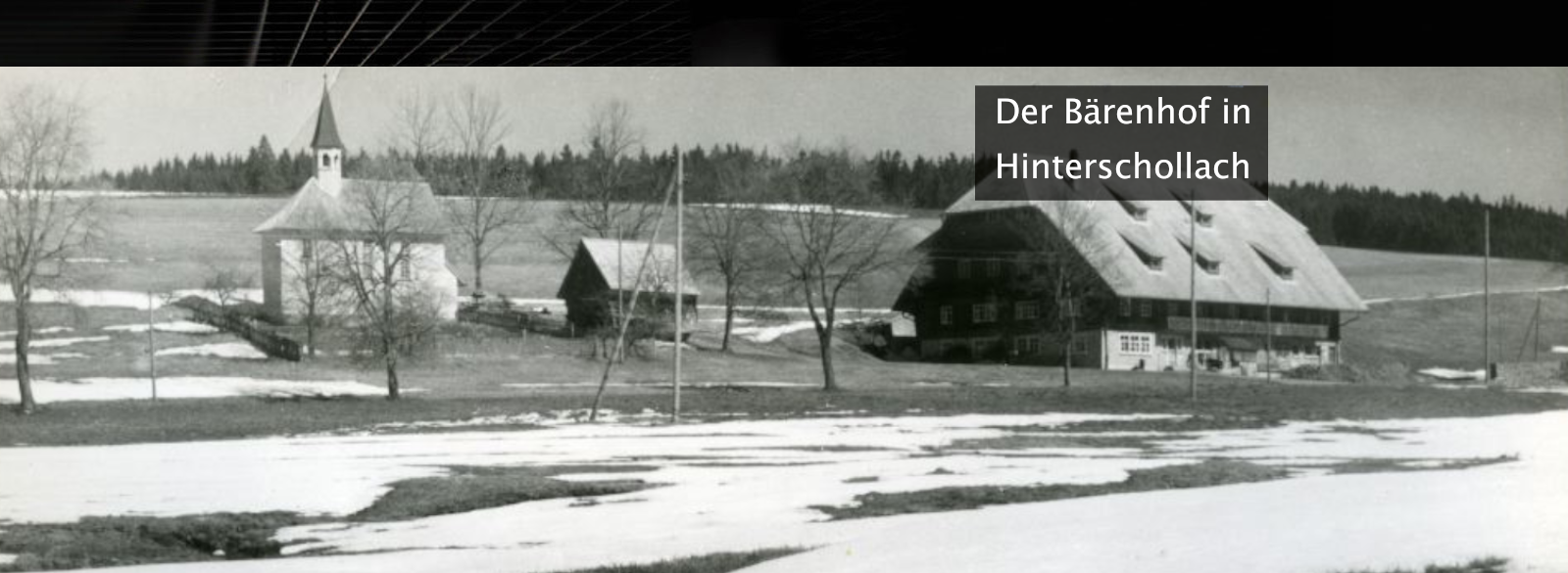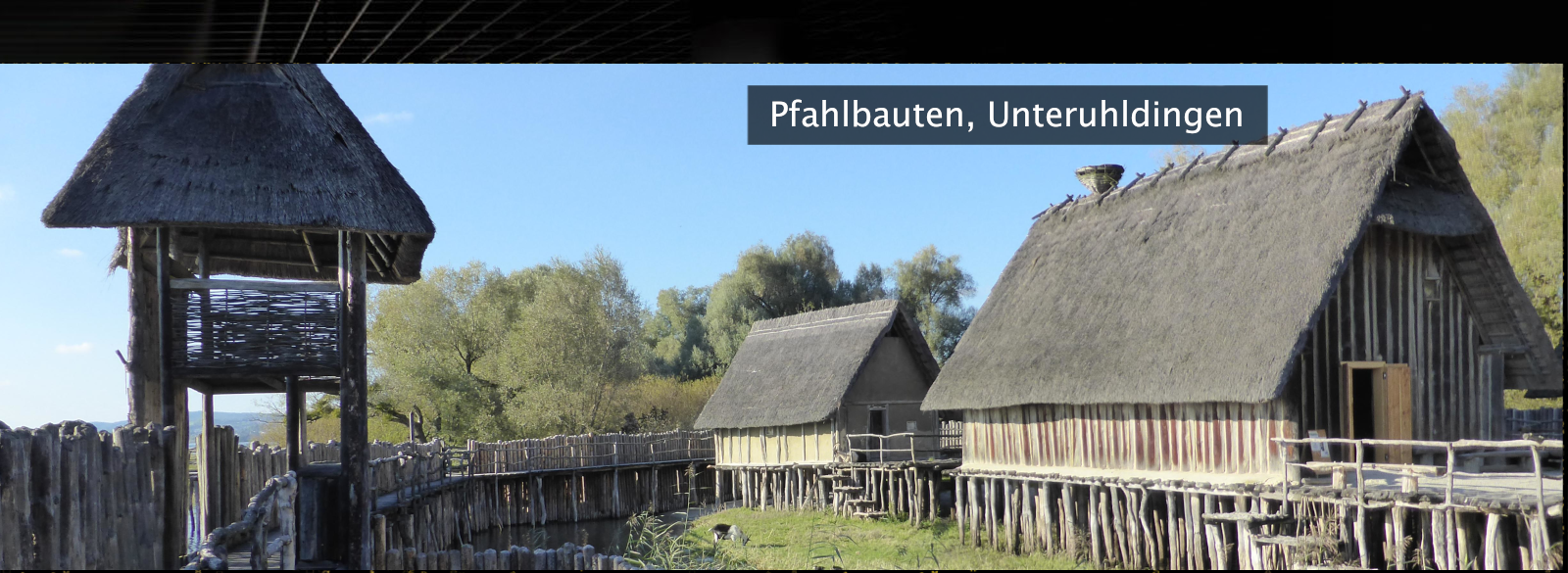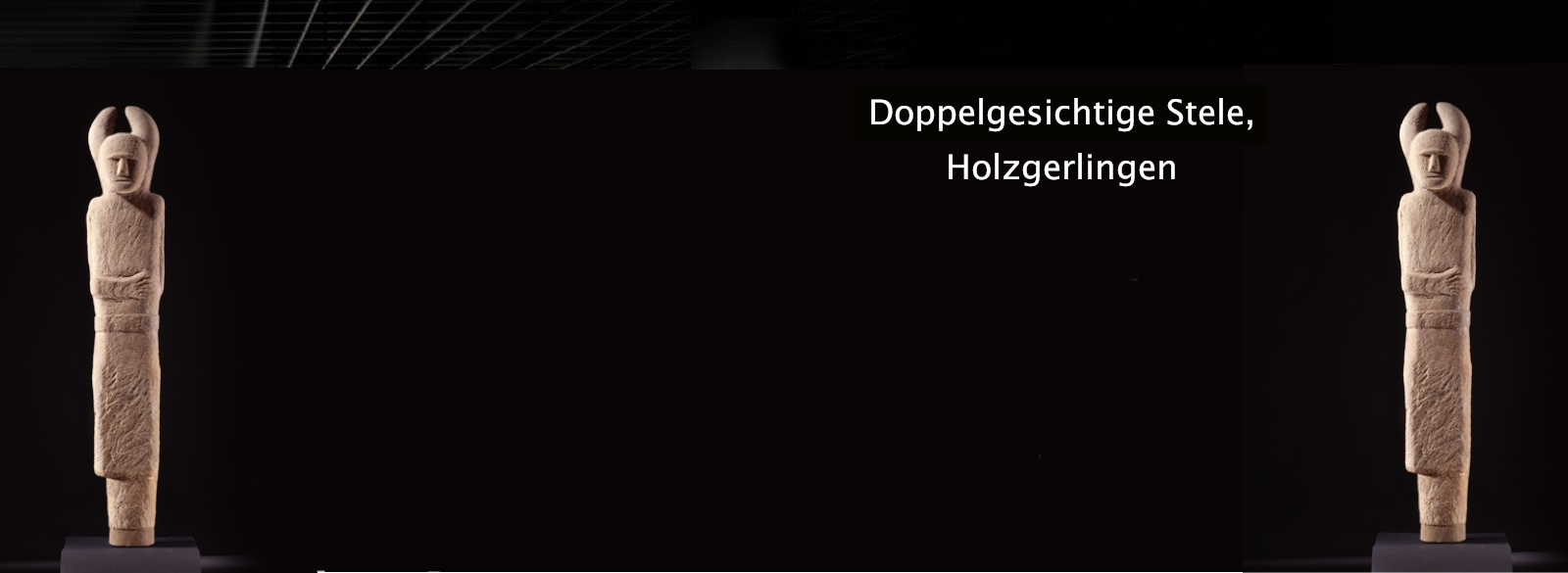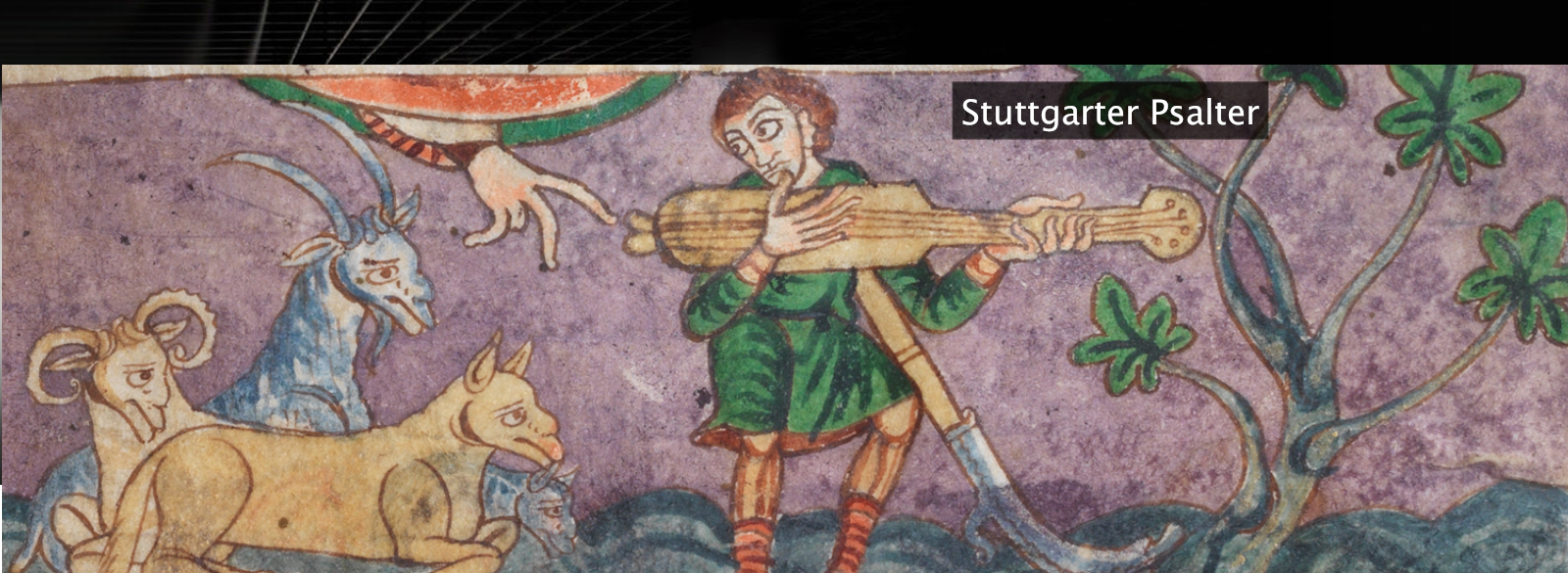Danger signaling protein HMGB1 induces a distinct form of cell death accompanied by formation of giant mitochondria Georg Gdynia, Martina Keith, Jürgen Kopitz, Marion Bergmann, Anne Fassl, Alexander N.R. Weber, Julie George, Tim Kees, Hans-Walter Zentgraf, Otmar D. Wiestler, Peter Schirmacher, and Wilfried Roth
| Erscheinungsform: | Aufsatz |
| Autor/Urheber: | |
| Beteiligte: | - Keith, Martina
- Kopitz, Jürgen
- Bergmann, Marion
- Faßl, Anne
- Weber, Alexander N. R.
- George, Julie
- Kees, Tim Steffen
- Zentgraf, Hanswalter
- Wiestler, Otmar D.
- Schirmacher, Peter
- Roth, Wilfried
|
| Umfang: | 11 |
| Anmerkungen: | Gesehen am 21.02.2023 |
| Identifikatoren/Sonstige Nummern: | 1837231664 [PPN] |
| In: | Philadelphia, Pa. : AACR, 1916 70(2010), 21, Seite 8558-8568 volume:70 year:2010 number:21 pages:8558-8568 extent:11 |
| Inhalt: | - Cells dying by necrosis release the high-mobility group box 1 (HMGB1) protein, which has immunostimulatory effects. However, little is known about the direct actions of extracellular HMGB1 protein on cancer cells. Here, we show that recombinant human HMGB1 (rhHMGB1) exerts strong cytotoxic effects on malignant tumor cells. The rhHMGB1-induced cytotoxicity depends on the presence of mitochondria and leads to fast depletion of mitochondrial DNA, severe damage of the mitochondrial proteome by toxic malondialdehyde adducts, and formation of giant mitochondria. The formation of giant mitochondria is independent of direct nuclear signaling events, because giant mitochondria are also observed in cytoplasts lacking nuclei. Further, the reactive oxygen species scavenger N-acetylcysteine as well as c-Jun NH(2)-terminal kinase blockade inhibited the cytotoxic effect of rhHMGB1. Importantly, glioblastoma cells, but not normal astrocytes, were highly susceptible to rhHMGB1-induced cell death. Systemic treatment with rhHMGB1 results in significant growth inhibition of xenografted tumors in vivo. In summary, rhHMGB1 induces a distinct form of cell death in cancer cells, which differs from the known forms of apoptosis, autophagy, and senescence, possibly representing an important novel mechanism of specialized necrosis. Further, our findings suggest that rhHMGB1 may offer therapeutic applications in treatment of patients with malignant brain tumors.
|
| Weiter im Partnersystem: | https://swb.bsz-bw.de/DB=2.1/PPNSET?PPN=1837231664 |
















 leobw
leobw